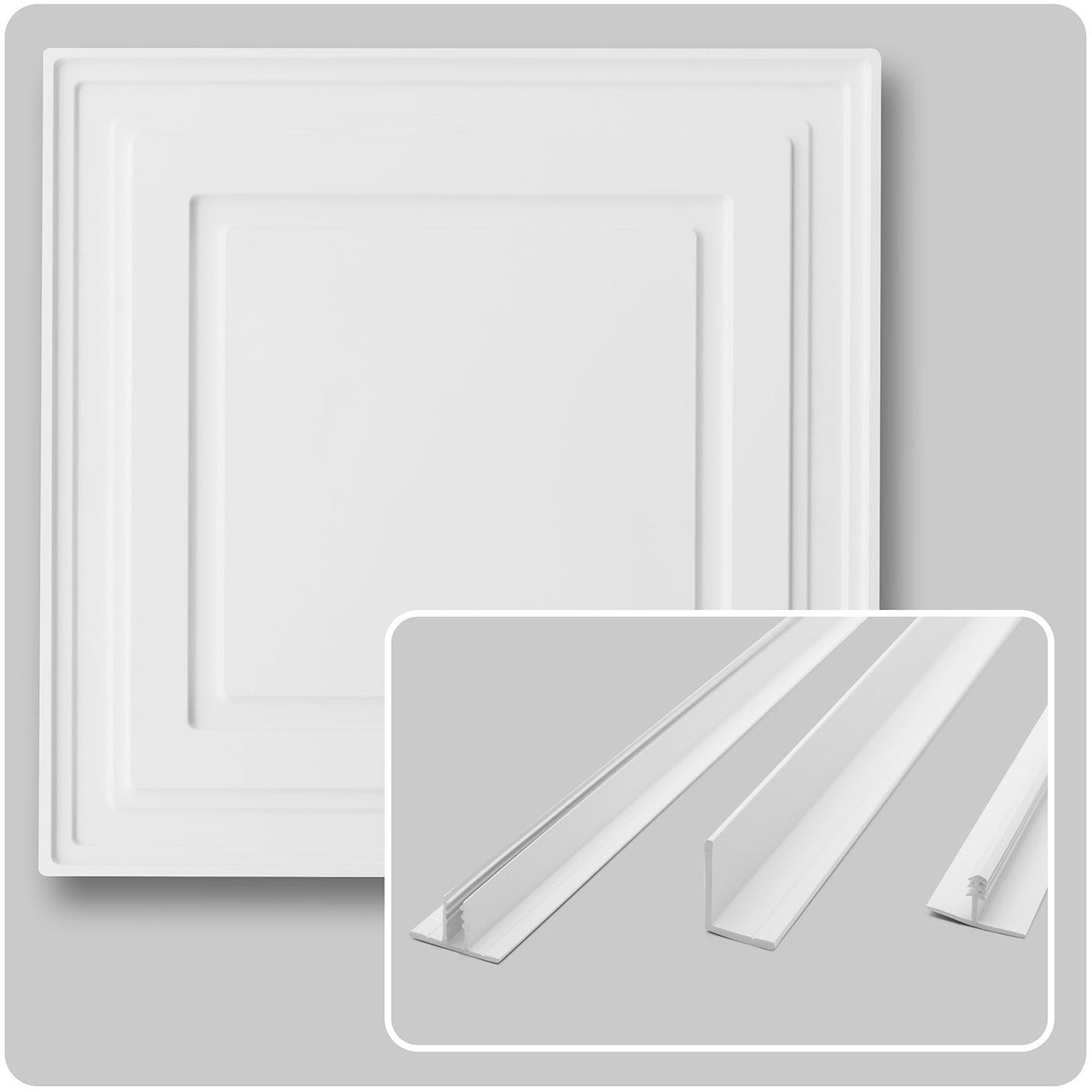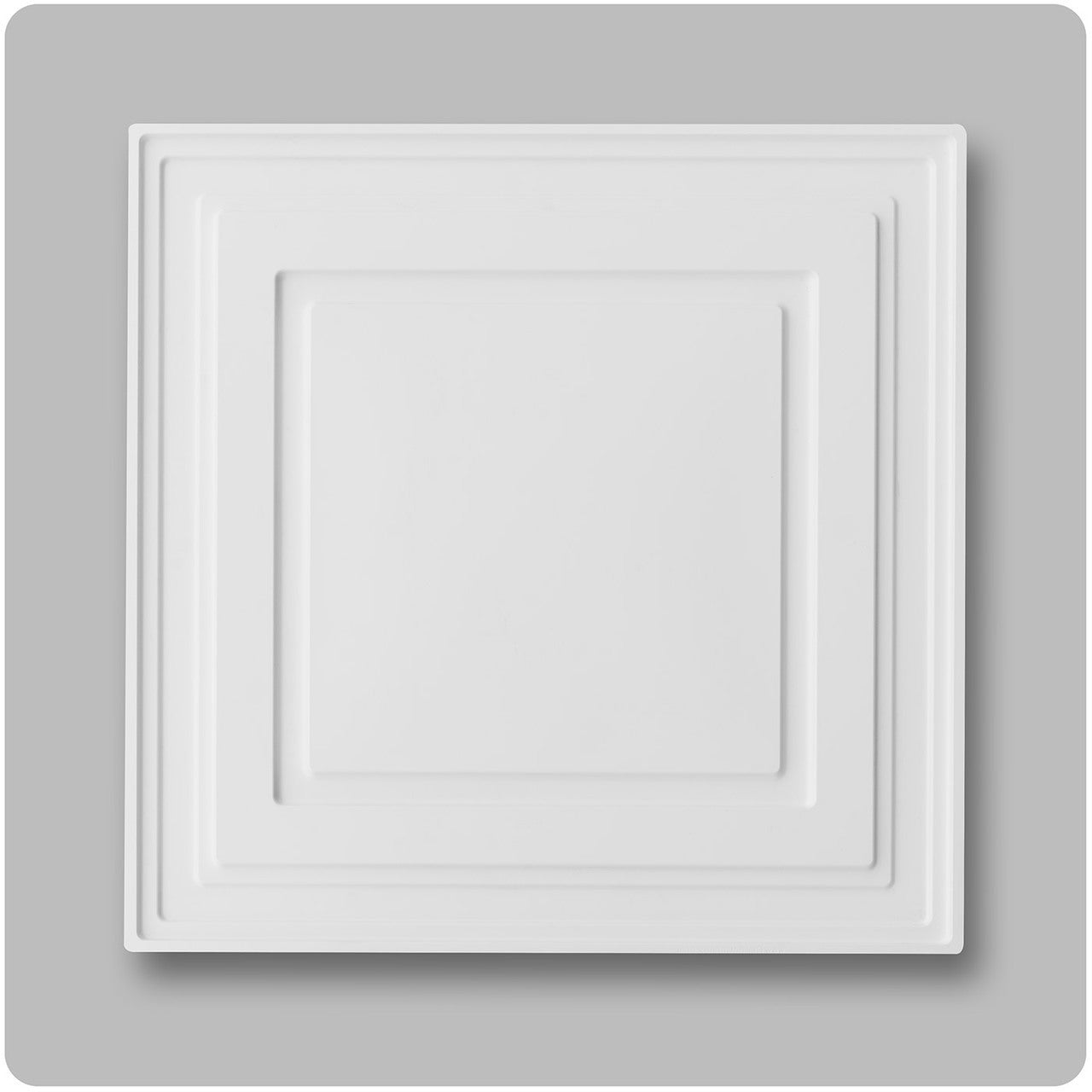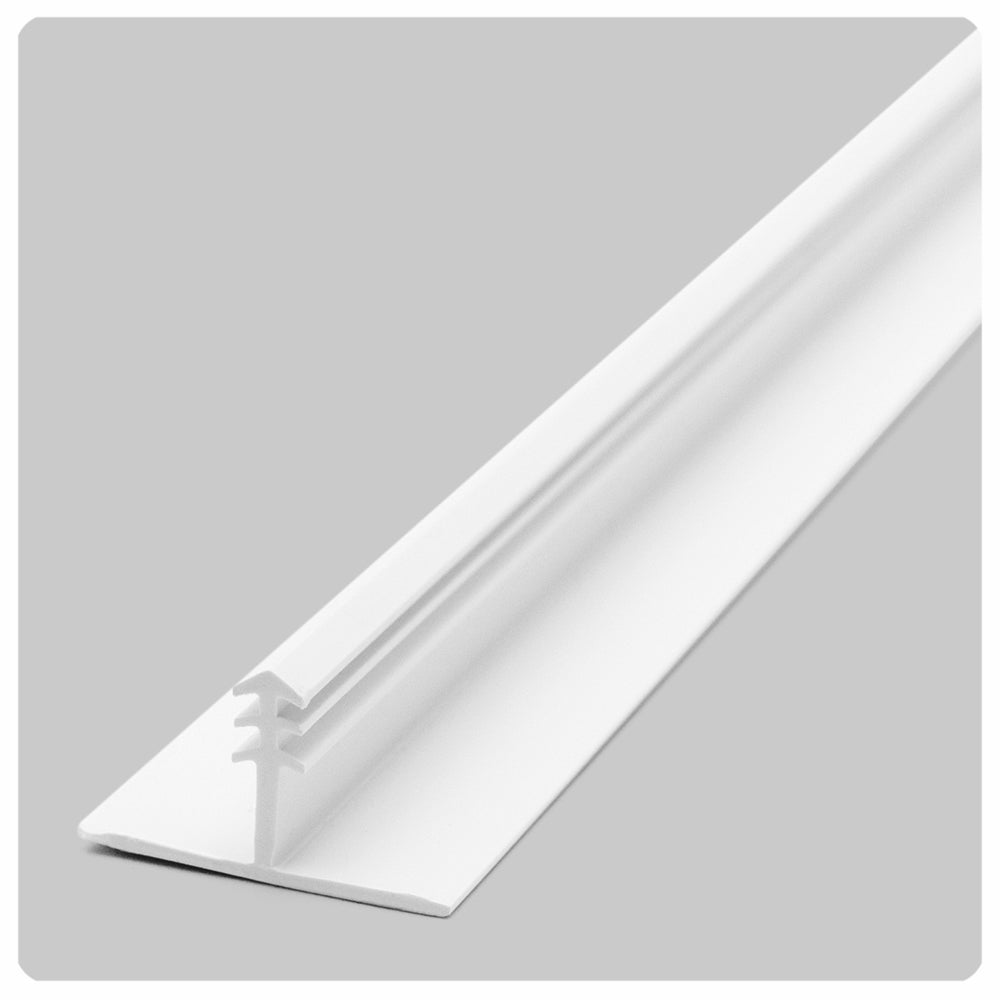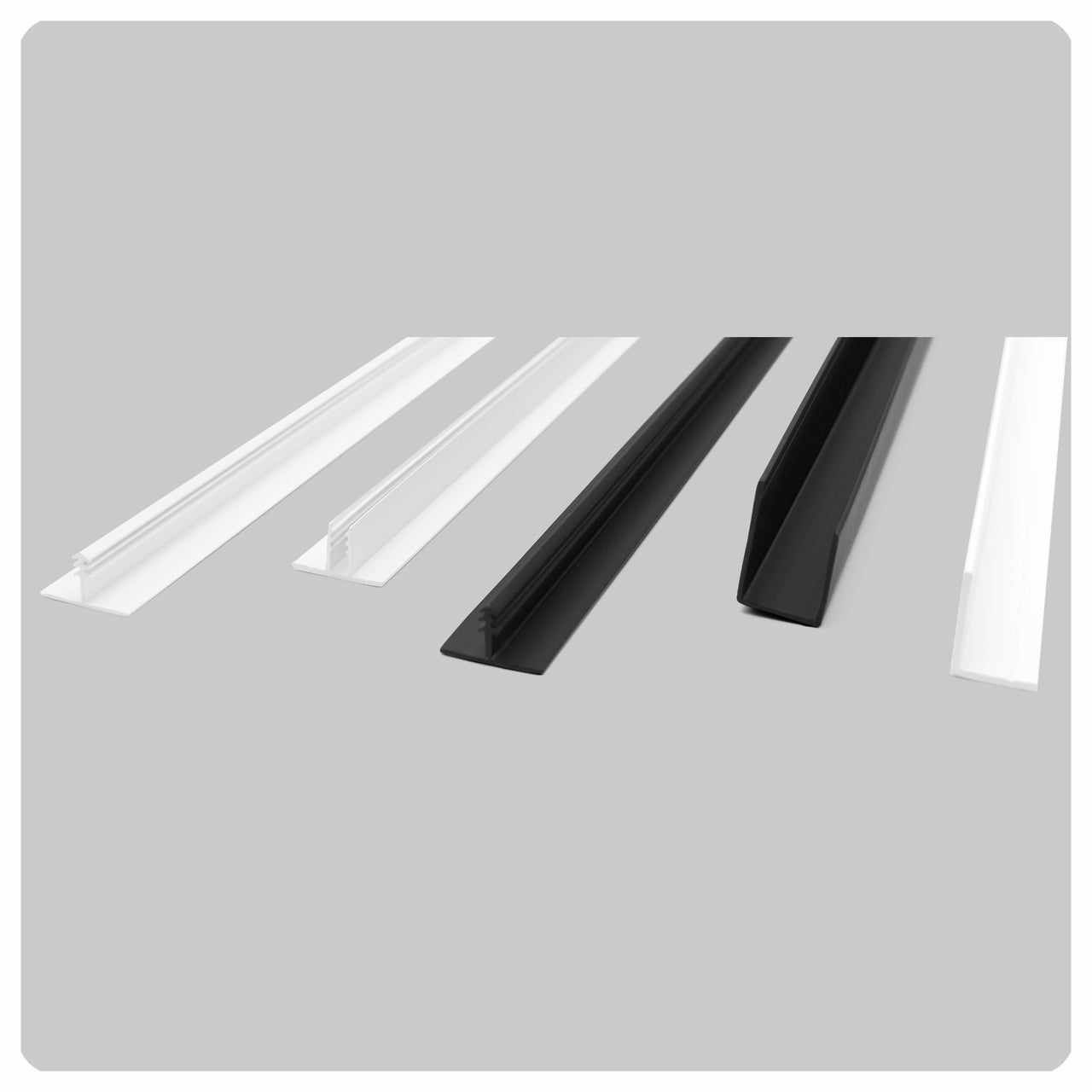Last month, we wrote about insulating your basement ceiling. We provided information on when it makes sense to insulate and when you can skip it.
One of the main reasons for insulating your basement that we highlighted was for a soundproof basement ceiling. By insulating your basement ceiling, you create a sound barrier between the different levels of your home.
So if you decide to soundproof your basement ceiling or adjacent rooms, what materials should you use?
There are many options available, so let’s take a closer look at some of the most common...
What is NRC?
Before we talk about the different materials for insulating a basement for sound, we need to understand “NRC”, which stand for Noise Reduction Coefficient. This is the rating that materials receive to measure effectiveness when absorbing sound and keeping it from reverberating throughout a home.
NRC ranges from 0, which means is reflects all sounds, to 1, which means is absorbs all sounds. It might sound strange, but materials can actually have an NRC value above 1, depending on the shape and surface area. NRC takes into account many sound-related factors, including decibels, frequencies, and transmission, but all you really need to know is that the higher the NRC, the better the material is for absorbing sound.
Fiberglass Insulation
Fiberglass is the most common and traditional form of insulation. While new materials are being developed every year, fiberglass is still one of the most common forms of insulation, thanks in large part to its low cost. How does it do for sound insulation? A 3.5-inch layer of fiberglass insulation will have an NRC value of .9 to .95; pretty good, but there are better (although more expensive) options.
Denim Insulation
Made out of recycled scraps from clothing manufacturers, denim insulation is one of the most popular forms or insulation thanks to its eco-friendliness and thermal performance. It is also very handy for acoustics. In general, a 3.5-inch thick layer of denim insulation will have an NRC value of 1.15. Values vary by product, but denim insulation is believe to deliver around 30% greater sound reduction than similar fiberglass insulation.
Mass Loaded Vinyl
This is one of the most common materials used when stopping sound is a top priority. Mass loaded vinyl (MLV) is a thin yet highly dense material is usually hung as a limp mass along walls in studios and theaters. It adds another mass to the wall that absorbs sound to reduces the amount that escapes to outside areas. Again the NRC value will vary by product, but most 1-inch thick strips will hold a value of .95 while two-inch thick MLV will be around 1.05.
Acoustic Tiles
One of the most common and effective ways to stop noise from traveling between the basement and the upper level is to install a ceiling grid system (either drop ceiling or direct mount) and use acoustic tiles that are made specifically for noise reduction. These tiles vary in price and effectiveness, but most are fairly affordable and will offer NRC values around .70 or higher. Highly effective ceiling tiles can even go to .90 or even 1.0.
These materials, and others, will help you have sound-proofed rooms that deliver greater privacy, enhanced sound, and a happier home!




